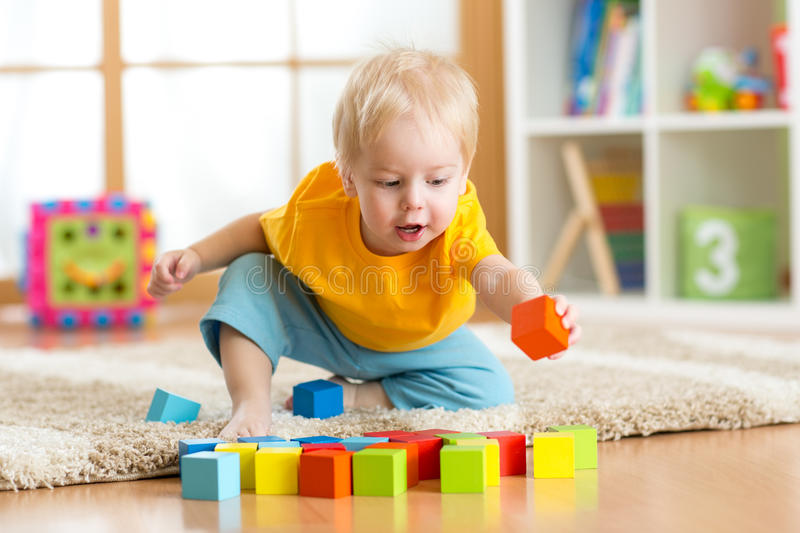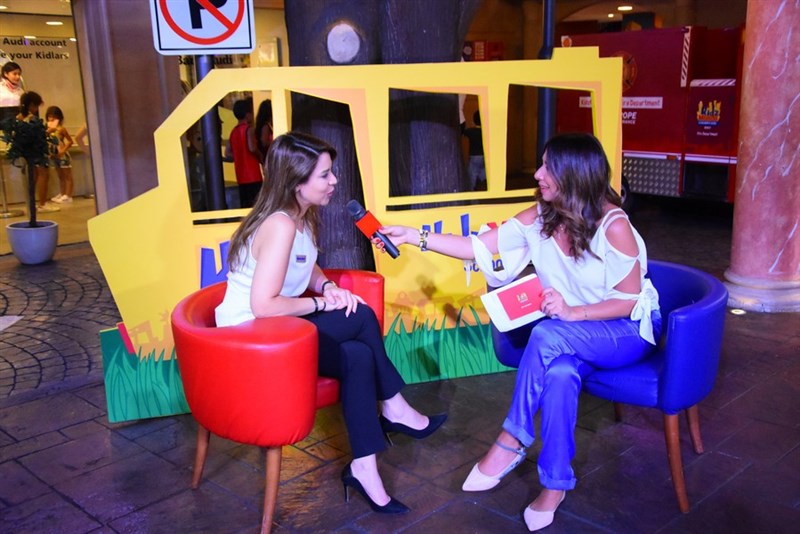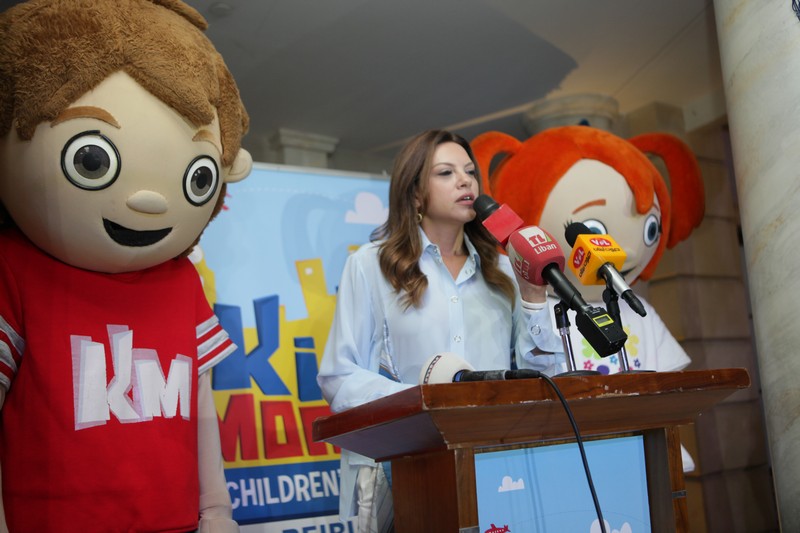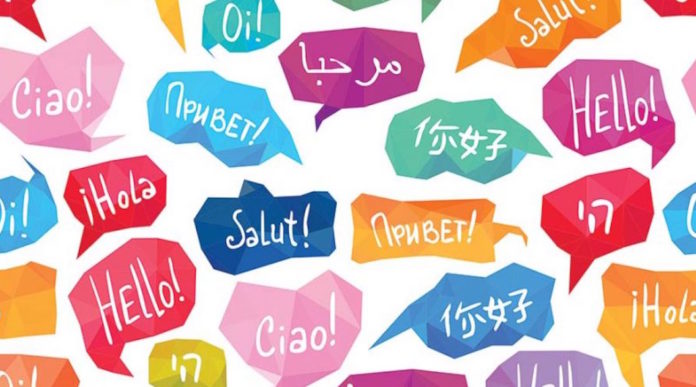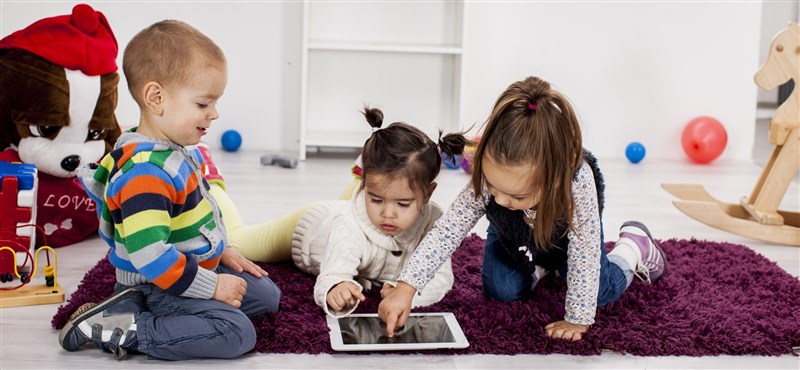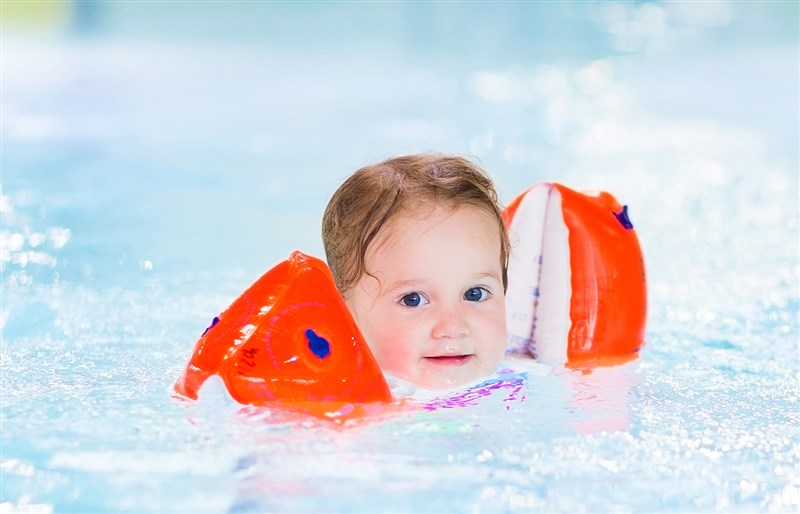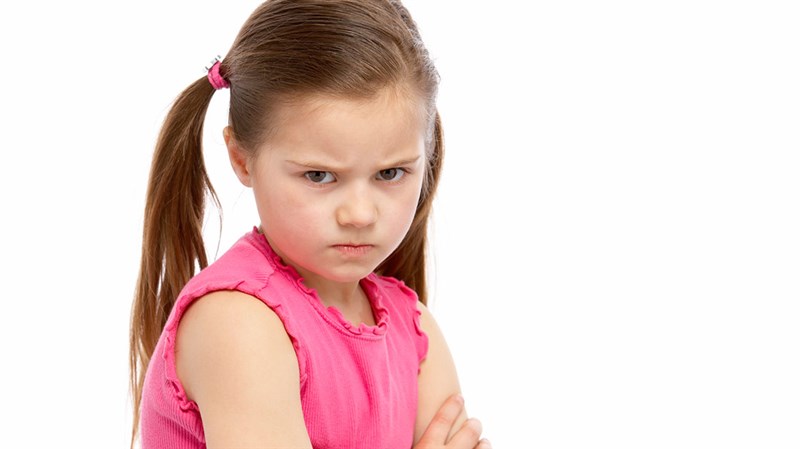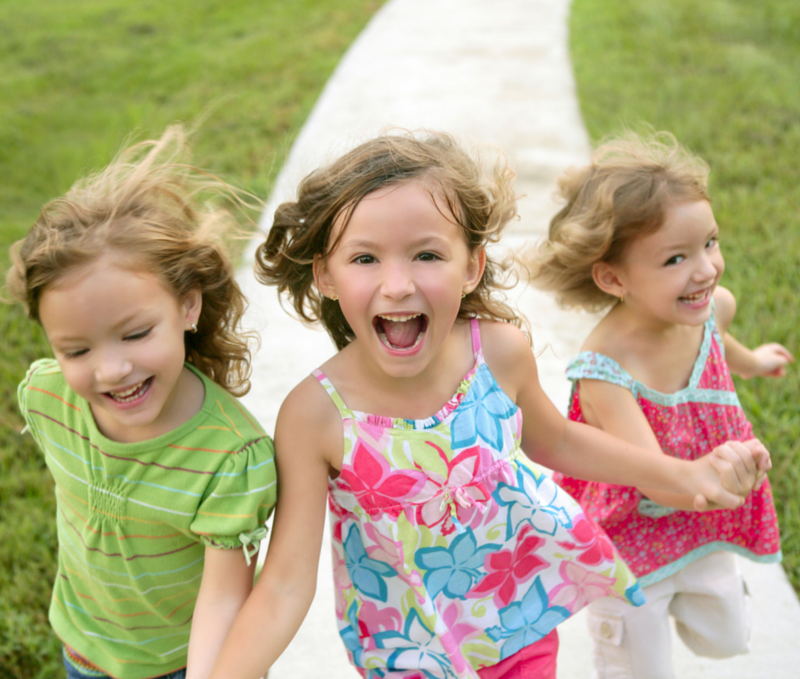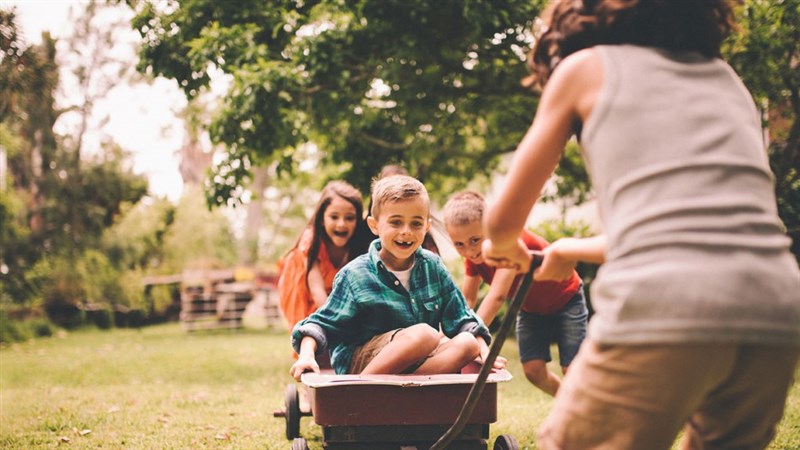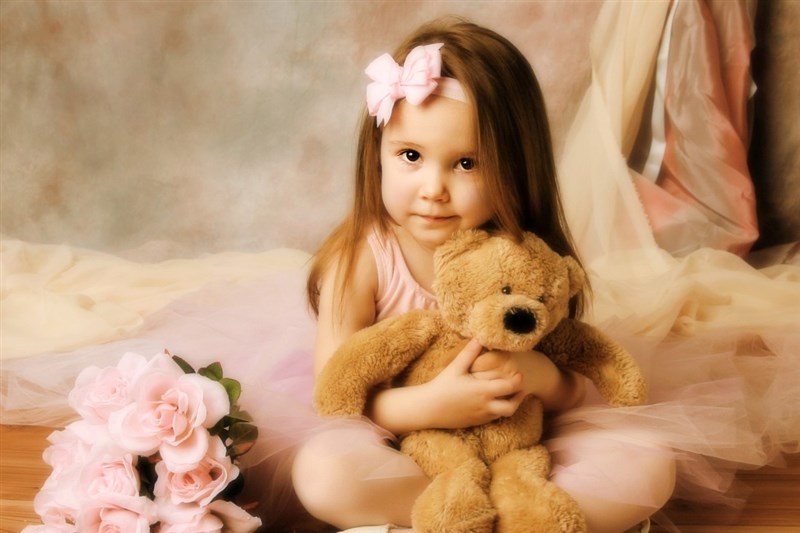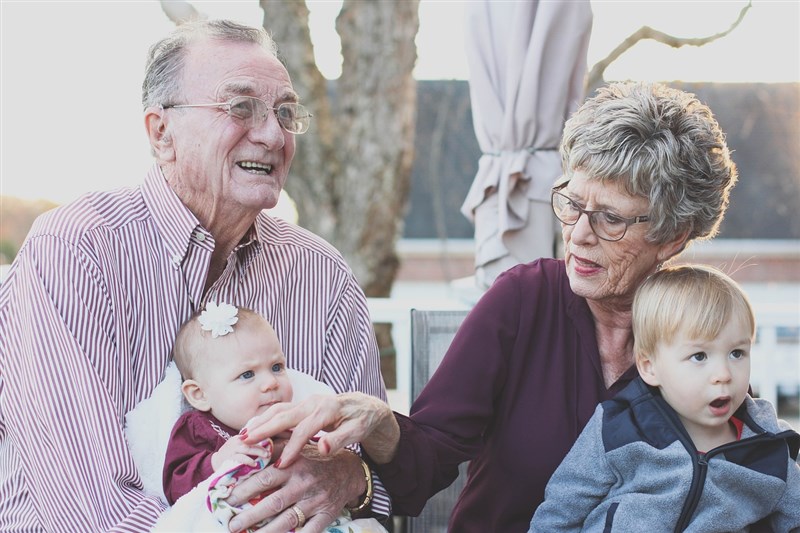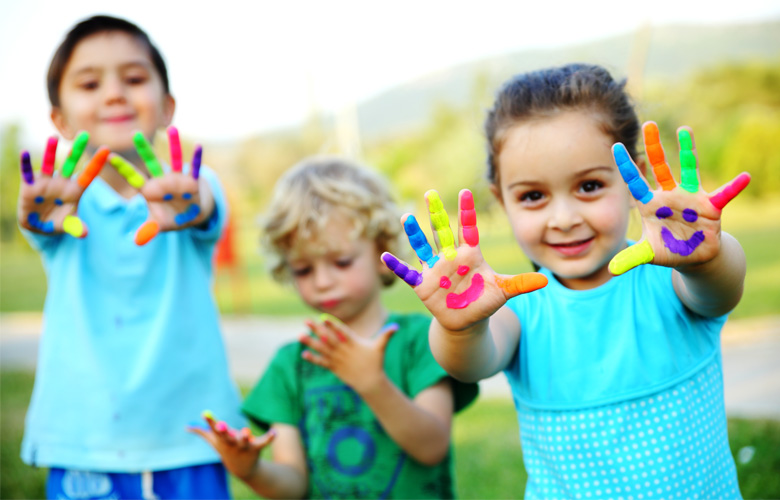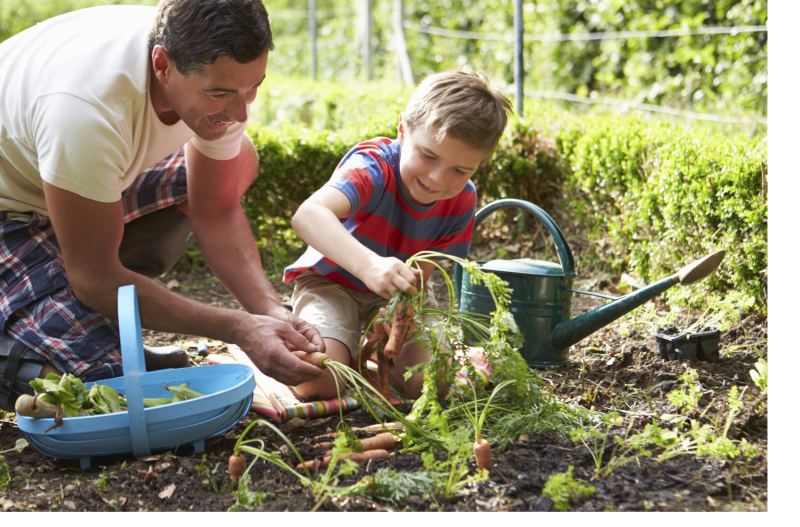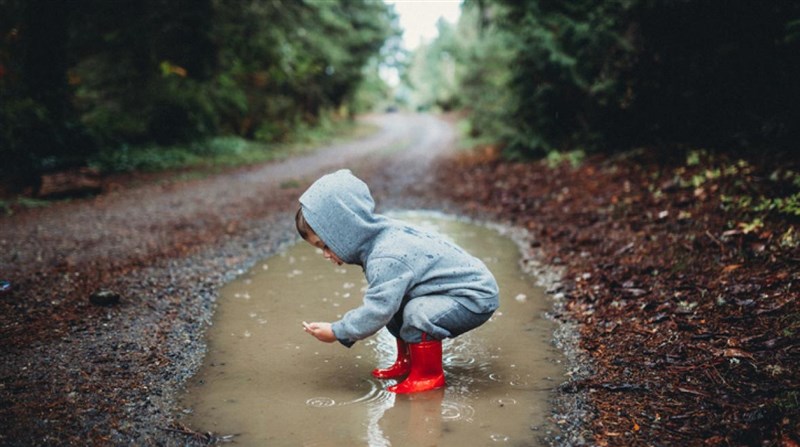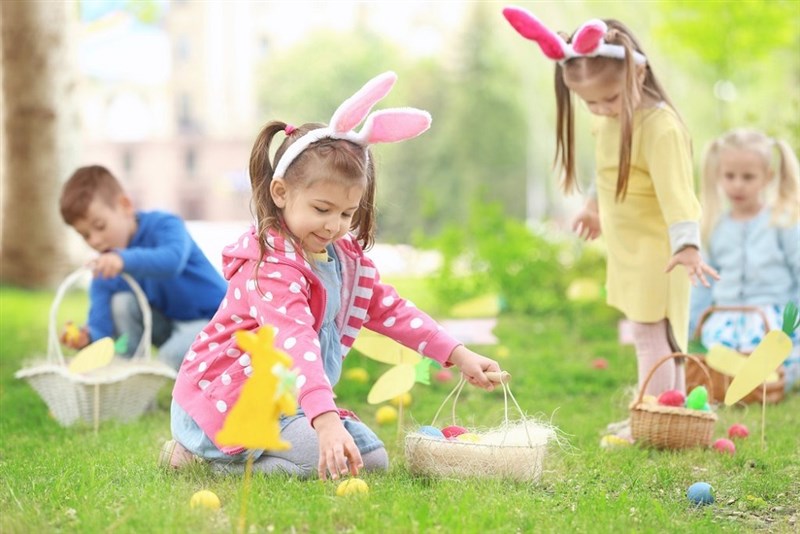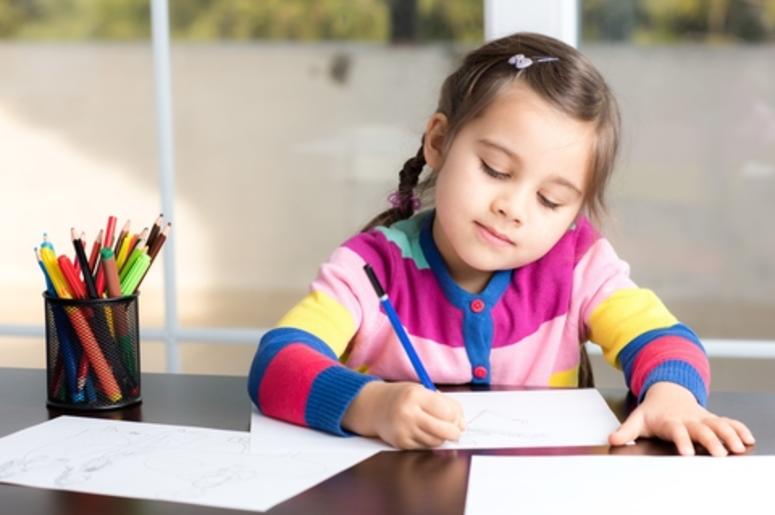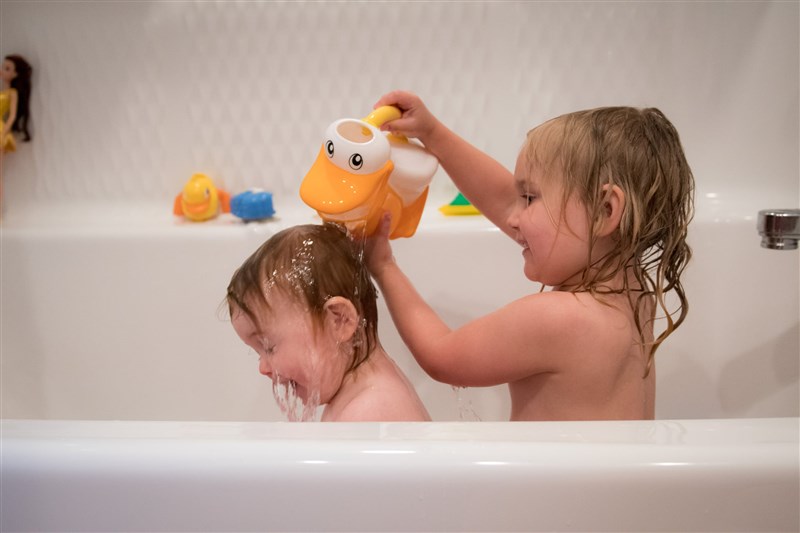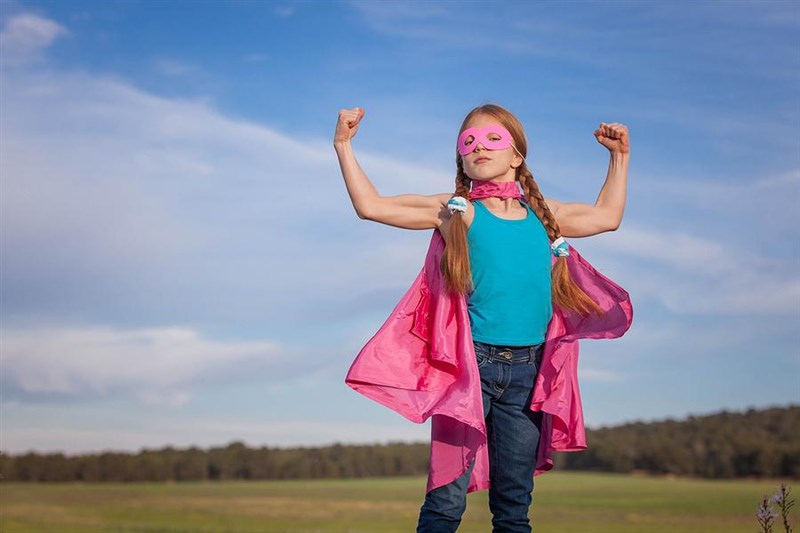A baby’s first year is filled with milestones that help the transition from baby to toddler such as teething, crawling, sleeping the night etc. However, past the 1 year mark these milestones become social and developmental, so what should parents expect from ages 1 to 4?
Age 1: Toddler picks up social cues from parents.
Toddlers begin communicating using basic techniques such as pointing their finger to what they find interesting, and it is very encouraging if the parent shows acknowledgment of what their child is referring to. The child also starts recognizing familiar people and reacting by a smile or even by crying depending on their mood, as well as interacting by handing over their toys for what is called back-and-forth playing, meaning they give you their toy and you give it back.
Age 2: Child engages more with people around but still prefers parents.
Children start to socialize by “parallel play” which is when two or more toddlers sit next to each other and play simultaneously but not with each other. This is the age ofegocentric behavior and thinking where they don’t understand the concept of sharing and will fight over toys. The best way to help with this phase is for the mother and father to share with each other in front of the child so that the latter will learn by mimicking. Toddlers also start to react to people they see by waving at random people and enjoying the company of others, and while some are very sociable, others may still need time to warm up to strangers.
Age 3: Child starts preschool and learns to make friends.
Children seek out others to play with and require opportunities to nurture this social need but they still don’t fully grasp the idea of sharing. This is where creativity begins as they will use their imagination to play pretend, and it also means that children will try to resolve conflict to maintain newfound friendships based on mutual interests.Empathy is learned at this age where the child becomes aware of his/her feelings as well as those of others, and it is essential for parents to explain the different emotions so that the child is familiar that these are normal.
Age 4: Child starts kindergarten and socializes.
Kids this age enjoys playing with friends and show interest in being part of a group which is a great time to join a sports team, but one tailored for children as opposed to a rigid activity with many rules. They finally understand what it means to share but it doesn’t mean that fighting over toys will cease to exist. The plus side is cooperation, waiting for their turn, developing negotiation skills and talk things through rather than resorting to physical acts like hitting, biting or hair pulling. They will show signs of independence, and although some situations may be uncalled for, it is important for parents to allow them to practice this for them to grow into confident adults. Kids also become proactive on the emotional level and show signs of love such as hugs and kisses as well as being sympathetic towards their peers.
Maria Najem
photo: www.dreamstime.com



